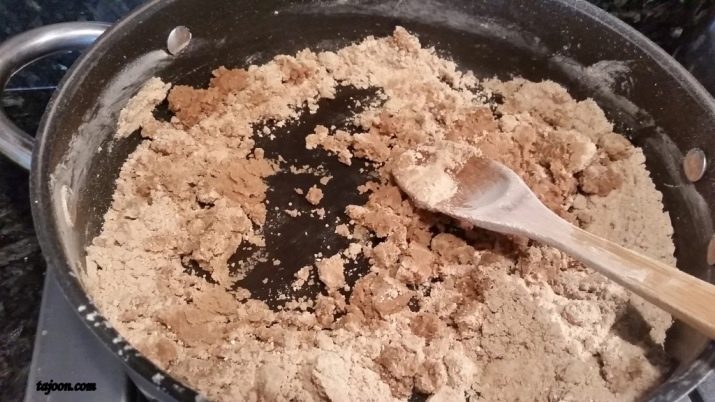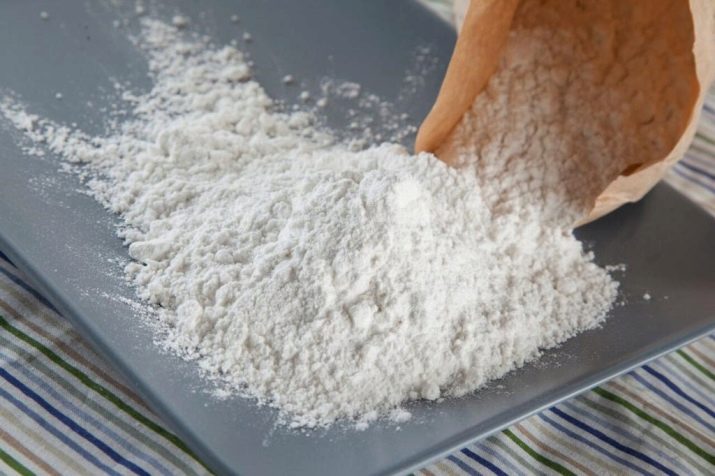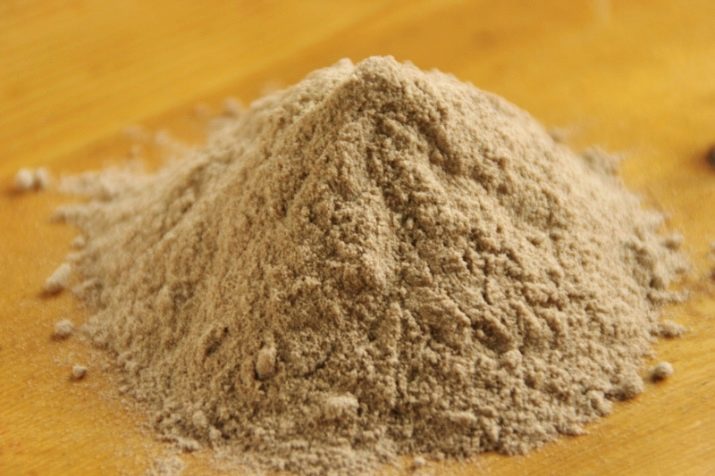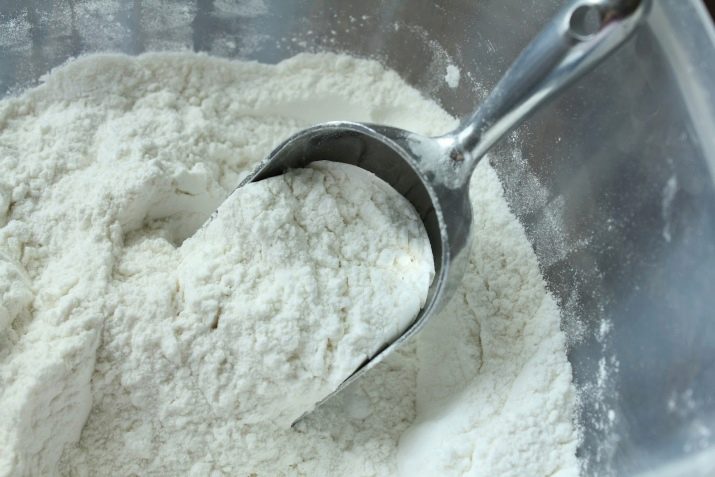Calorie and nutritional value of rice flour

In pursuit of low-calorie foods, people often forget about the benefits of food consumed. Many gluten-free baked goods provide less protein, fiber and minerals, but have a higher glycemic index than those that contain gluten.When using rice flour, you can add whey protein to increase the nutritional value of the consumed product.
The advantages and disadvantages of rice flour
Our body needs insoluble fiber to help get rid of waste. Choosing a diet high in fiber, you can not only help the body to cleanse, but also reduce cholesterol, keep blood sugar under control. It is the consumption of rice flour that helps reduce the risk of developing diverticular disease, colon diseases, type 2 diabetes and hypertension.
Anyone with celiac disease suffers from disorders of the digestive system and impaired immune system when in contact with gluten. This product is an excellent alternative for these patients.
This product has disadvantages. While whole wheat flour and rice flour contain similar nutrients, the first one wins by the amount of thiamine, niacin and riboflavin in it.
Chemical composition
There are 3 types of rice flour:
- brown;
- sweet
- white
Brown has a greater benefit for humans because it contains fiber in the required quantity, its nutritional value is higher, as is the content of calcium and zinc. Brown rice flour has a nutty flavor; it must be mixed with others to avoid a crumbly, dry texture.
Rice flour contains choline, which helps transport cholesterol and triglycerides from the liver.
It is necessary for the maintenance of cell membranes. In addition, the product contains large amounts of folic acid, which helps remove homocysteine from the blood, which reduces the risk of cardiovascular diseases.
Per 100 grams of white rice flour we have:
- 578 kcal;
- 127 grams of carbohydrates;
- 9.4 grams of protein;
- 2.2 grams of fat;
- 3.8 grams of fiber;
- 1.9 mg manganese;
- 0.7 mg of vitamin B6;
- 23.9 mcg of selenium;
- 4.1 mg of niacin;
- 0.2 mg thiamine;
- 155 mg of phosphorus;
- 55.3 mg of magnesium;
- 1.3 mg pantothenic acid;
- 0.2 mg of copper;
- 1.3 mg of zinc.
Calorie and BJU brown flour:
- 574 calories;
- 121 grams of carbohydrates;
- 11.4 grams of protein;
- 4.4 grams of fat;
- 7.3 grams of fiber;
- 6.3 mlg manganese;
- 1.2 mg of vitamin B6;
- 532 mlg of phosphorus;
- 10 mg of niacin;
- 0.7 ml of thiamine;
- 177 mg of magnesium;
- 3.9 mlg zinc;
- 2.5 mg of pantothenic acid;
- 0.4 mlgr copper;
- 3.1 mg of iron;
- 457 mg of potassium;
- 1.9 mg of vitamin E;
- Riboflavin - 0.1 mlgr;
- 25.3 mcg of vitamin B12.
Yeast Content
Rice flour contains less yeast, so baking will need more baking soda. White rice flour has a silky, smooth texture. It can be found in Asian markets and natural food stores, but if you have a coffee grinder or a powerful blender, you can make it yourself.
The product is universal and can be used not only in baking, but also in the preparation of creams, soups and other dishes.
Rice flour can be an excellent alternative, especially if a person has gluten intolerance. In general, it is safe and tasty, but it does not contain some of the elements that are contained in the wheat product. On the other hand, the product does not contain gluten, but can boast a large amount of fiber.
You can learn more about rice flour in the next video.

























